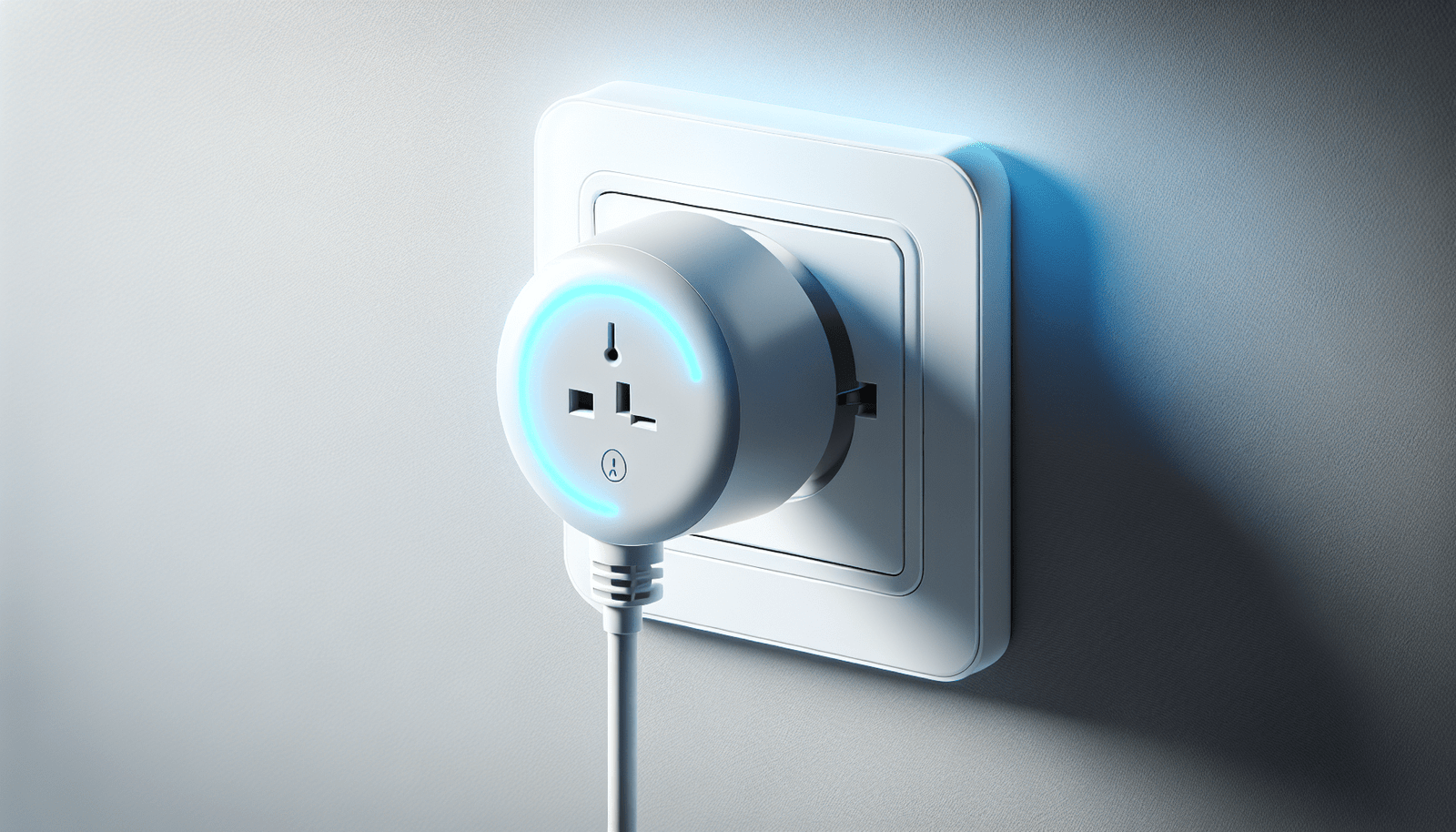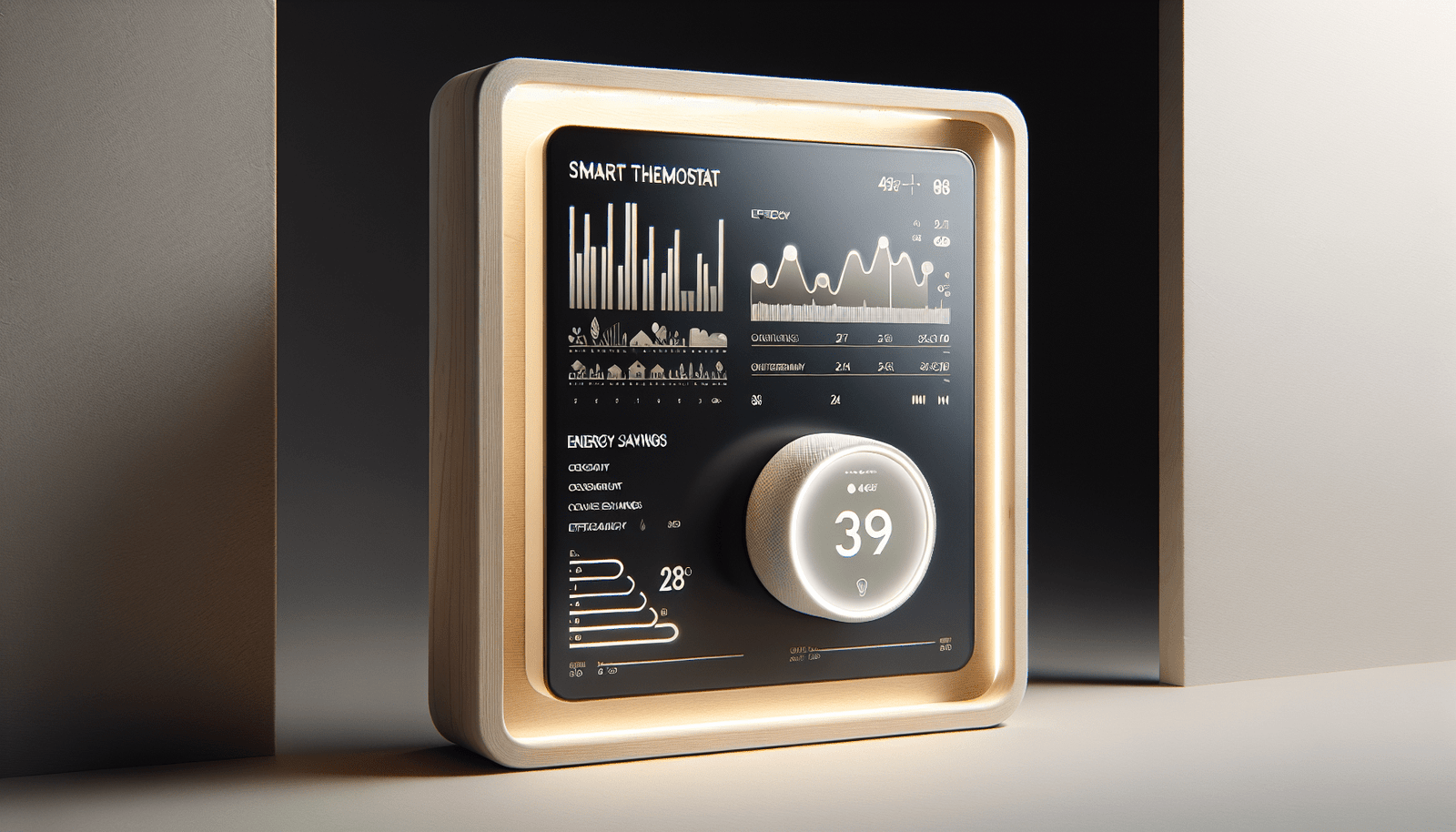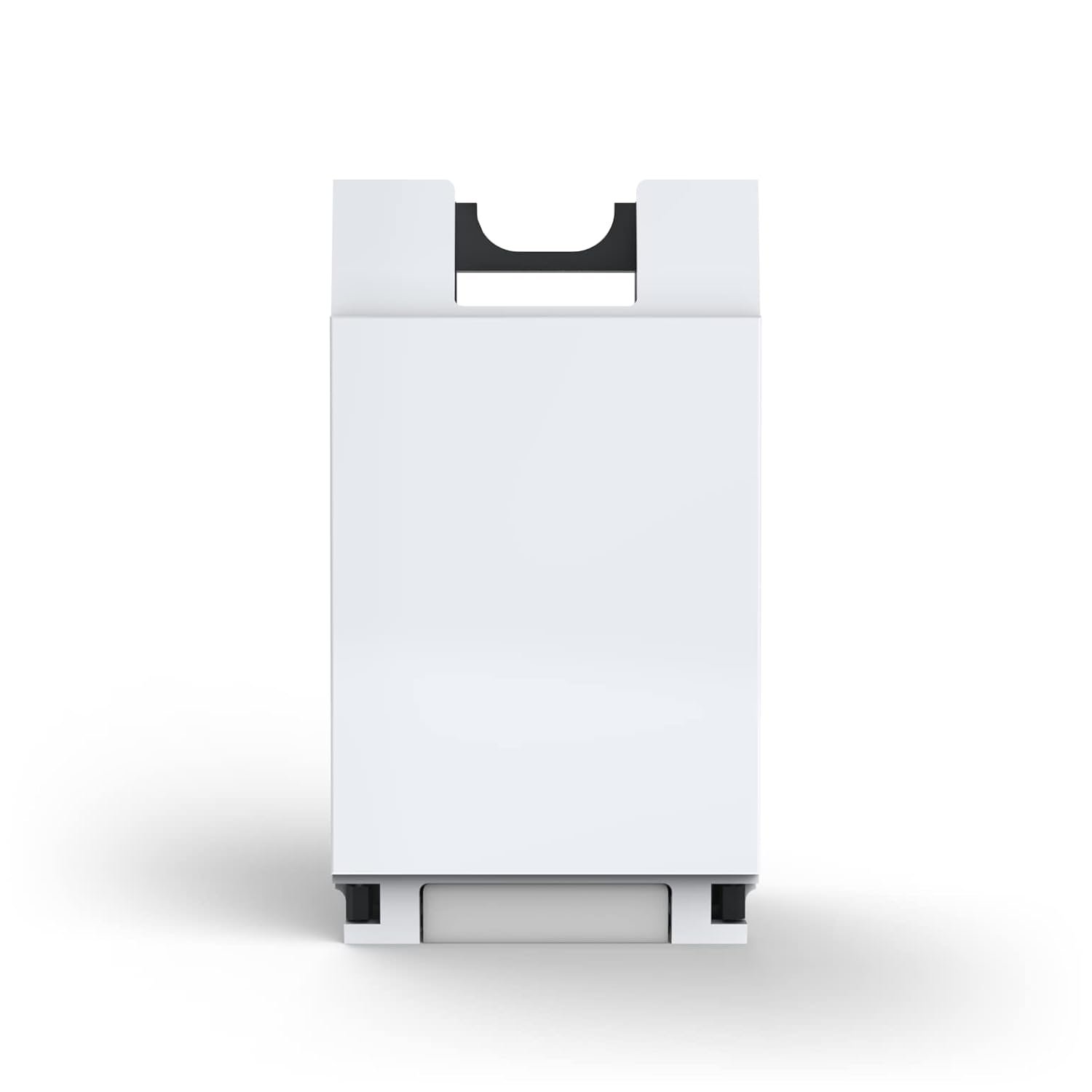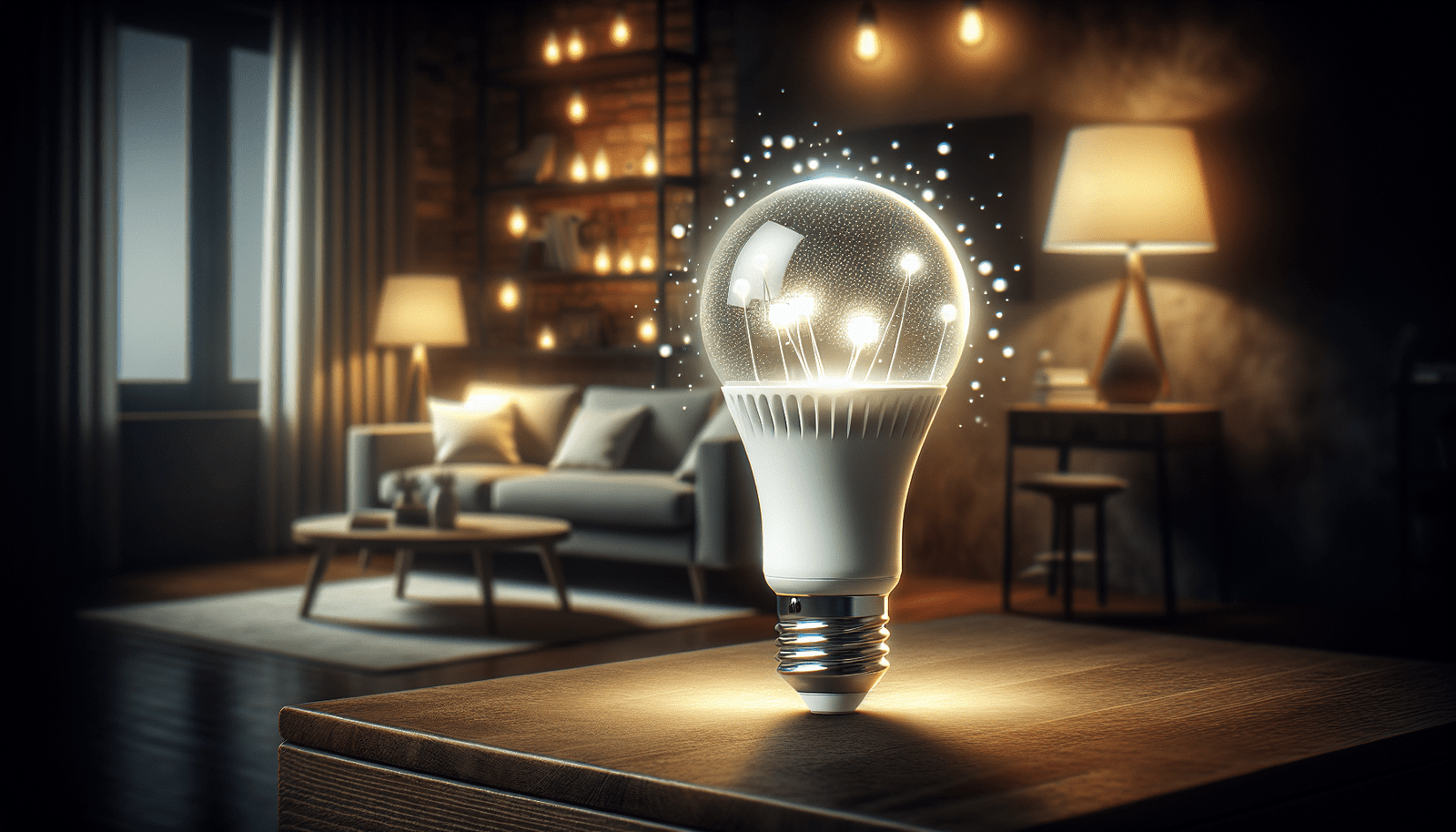Can you imagine managing every aspect of your home with just a few taps on your smartphone or by speaking a command into the air? The concept of controlling your smart home devices remotely has transitioned from being a futuristic dream to an attainable reality for many. From turning off lights you left on to adjusting your thermostat from miles away, the technology is here to make your life more convenient.
Understanding Smart Home Technology
Smart home technology refers to devices and systems designed to automate and optimize your home environment. These devices often connect to your home’s network, allowing you to control them through a smartphone app, voice assistant, or specially designed control panel. But what exactly makes a device “smart”? Typically, a smart device includes some form of computer processing or sensor technology that allows it to learn your preferences and adapt accordingly, often providing suggestions or automating tasks for greater efficiency.
Key Components of Smart Home Devices
When you think of smart home gadgets, a few common types usually come to mind: smart lights, thermostats, doorbells, cameras, locks, and appliances. These devices can be integrated into a cohesive system that you can manage remotely.
-
Smart Lights: You can control these lights using your voice or smartphone app. Many smart lights can change colors, dim, or brighten automatically at scheduled times.
-
Smart Thermostats: These learn your schedule and adjust the temperature based on your preferences or the weather forecast, helping you save on energy bills.
-
Smart Security Systems: Including cameras, doorbells, and locks, these devices provide security notifications right to your phone, offering peace of mind wherever you are.
Cost and Value Considerations
Investing in smart home technology isn’t just about purchasing a few gadgets; it’s about committing to a lifestyle change. But how much will this cost, and is it worth it?
Initial Costs vs. Long-term Savings
Smart home devices can range from surprisingly affordable to quite expensive, depending on the brand and features. Basic smart plugs or light bulbs might set you back about $20, while more comprehensive systems could cost hundreds or even thousands of dollars. However, the long-term savings can offset initial expenses—think lower utility bills due to optimized energy usage and savings on insurance premiums from increased security.
Return on Investment
From increased property value to energy savings, smart home technology often offers a solid return on investment. Many prospective homebuyers today seek properties already equipped with smart home amenities, adding to the home’s appeal and resale value. Investing in smart home devices can also mean fewer minor repairs and replacements over the years due to predictive maintenance features.

Comparing Smart Home Solutions
Navigating the vast array of smart home solutions can be overwhelming. How do you decide between different ecosystems or platforms?
A Look at Major Smart Home Platforms
When planning your smart home, your first decision might be which platform to base your ecosystem on. Common choices include Google Home, Amazon Alexa, and Apple HomeKit, each offering distinctive advantages.
-
Google Home: Known for its excellent voice recognition and analytics capabilities, Google Home seamlessly integrates with many third-party devices.
-
Amazon Alexa: Alexa’s vast compatibility and abundant skills make it a versatile choice for building a smart home.
-
Apple HomeKit: Preferred by those entrenched in the Apple ecosystem, HomeKit combines ease of use with robust security features.
Case Studies in Smart Home Integration
Imagine John, a first-time homeowner fascinated by smart technology. By adopting an Amazon Alexa-centered smart environment, John has connected everything from his lights to his oven, simplifying and modernizing home management. Alternatively, Sarah, a tech enthusiast, prefers Google Home for its superior voice interaction, allowing her to manage multiple tasks simultaneously through voice commands.
Practical Setup Guides
Once you’ve chosen your smart home platform and devices, the setup is usually straightforward, though it can become intricate with larger systems. Here’s a simple setup guide to ease you into the process.
Step-by-step Installation
-
Download the Relevant App: Start by downloading the companion app for your chosen smart home platform, whether that’s Google Home, Amazon Alexa, or Apple HomeKit.
-
Connect Devices to Your Network: Follow device-specific instructions to connect each gadget to your Wi-Fi network. This usually involves scanning a QR code or following in-app instructions.
-
Customize and Automate: Use the app to customize settings and create routines—like turning lights on at sunset or setting your sprinkler system to operate during optimal times.
-
Integrate Voice Assistants: To truly control your home remotely, integrate a voice assistant to manage tasks when you’re away from your phone.
Troubleshooting Tips
Even with straightforward setups, issues can arise. If a device isn’t responding, ensure your Wi-Fi is functioning correctly, check the device’s power supply, or consult online support forums dedicated to smart home tech.

Security and Privacy Factors
While the convenience of managing a smart home remotely is undeniable, it’s essential to remain vigilant about security and privacy concerns.
Potential Risks and Safety Features
Smart devices can be vulnerable to hacking if not properly secured. However, features like two-factor authentication, encrypted communications, and regular software updates significantly mitigate these risks.
Best Practices for Safe Usage
To protect your devices and private data:
- Regularly update device firmware.
- Use strong, unique passwords for all accounts.
- Consider setting up a guest network to isolate smart home devices from more sensitive information.
Energy Efficiency and Sustainability
A primary motivation for many investing in smart home technology is enhanced energy efficiency, which lowers carbon footprints and reduces utility bills.
How Smart Devices Reduce Energy Use
By learning and predicting usage patterns, smart thermostats, blinds, and lighting systems ensure optimal energy consumption, often without any input from you. For instance, a smart thermostat can detect when you’re away and adjust the temperature accordingly to save energy.
Sustainable Living Advantages
As we shift toward more sustainable living practices, smart technology can play a pivotal role. By reducing unnecessary energy consumption, these technologies contribute to a more sustainable lifestyle. Implementing smart watering systems for outdoor gardens supports water conservation efforts as well.
Compatibility and Connectivity
Ensuring all your devices communicate effectively is key to a successful smart home environment.
Understanding Device Compatibility
Before purchasing devices, research compatibility with your chosen platform. Most devices label compatibility clearly, but it’s wise to double-check cross-platform integration (e.g., whether a device designed for Alexa would also work with Google Home).
Connectivity Options
Wi-Fi is the primary connection method for most smart devices, but some use other protocols like Zigbee or Z-Wave. These can offer advantages in reliability and battery usage for certain applications, though they usually require a compatible hub.
Future-Proofing and Innovation
As technology evolves, staying ahead of innovation trends will help your smart home remain cutting-edge.
Emerging Trends in Smart Technology
The future of smart homes could include more advanced AI-driven automation, broader use of IoT (Internet of Things) devices, and increasingly personalized user-device interactions.
Preparing for Technological Advancements
Create a flexible smart home ecosystem by choosing devices known for regular updates and robust support from the manufacturing company. Investing in modular and scalable systems allows you to incorporate new technologies seamlessly without a complete overhaul of your existing setup.
Making the Decision for Your Smart Home
Ultimately, determining whether to integrate smart technology into your home—and to what extent—depends on personal preferences, budget, and goals.
Aligning Smart Home Investments with Personal Needs
Consider what functionalities are most important to you. Are you looking to save on utility bills, bolster security, or just add a bit of convenience to your everyday life? Each of these objectives can be significantly supported by strategic investments in smart systems.
Weighing the Costs Against Benefits
Assessing initial costs against potential benefits is crucial. While initial investments might be substantial, many find the long-term savings and lifestyle improvements invaluable.
In conclusion, controlling your smart home devices remotely is not only possible but also offers numerous benefits that relate to convenience, security, and sustainability. By carefully selecting, setting up, and maintaining your smart home ecosystem, you’re not just modernizing your living space—you’re stepping into a future defined by smarter, more efficient living.




